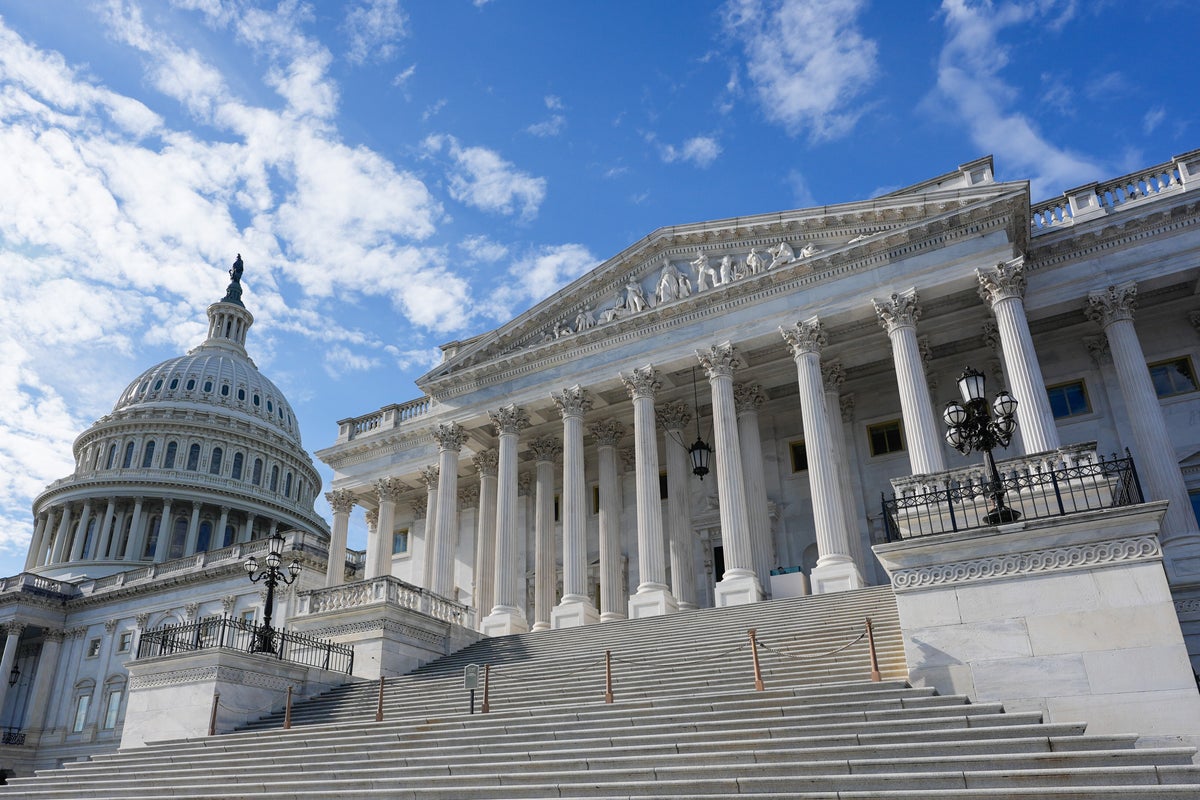The Labor Department will release its numbers on September hiring and unemployment next Thursday, a month and a half late, marking the beginning of the end of a data drought caused by the 43-day federal government shutdown.
The statistical blackout meant that the Federal Reserve, businesses, policymakers and investors have largely been in the dark about inflation, job creation, GDP growth and other measures of the U.S. economic health since late summer.
Thomas Simons and Michael Bacolas at Jefferies, a financial firm, wrote in a commentary Friday that over 30 reports from the Labor Department’s Bureau of Labor Statistics and the Commerce Department’s Bureau of Economic Analysis and Census Bureau were delayed by the political standoff.
The Labor Department did not release its weekly report on the number of Americans signing up for unemployment benefits for seven straight weeks. That jobless claims report is seen as a potential early indicator of where the labor market is headed.
The Labor Department did release its consumer price index for September — the most popular measurement of inflation — nine days late on Oct. 24. The government made an exception for that report because of its urgency: It is used to calculate the annual cost of living adjustment for tens of millions of Americans receiving Social Security and other federal benefits.
The interruption of federal economic statistics came at an awkward time. President Donald Trump’s policies — sweeping, ever-changing import taxes and massive deportations of people working in the United States illegally — are creating uncertainty about the economic outlook.
And the economy has sent conflicting signals: Economic growth looked solid at midyear and unemployment has been low. But job growth has lost momentum, and inflation has remained stubbornly above the Federal Reserve’s 2% target, partly because of the impact of Trump’s tariffs.
Jefferies’ Simons expects the September employment report to show that employers added 65,000 jobs that month — unimpressive, but up from a meager 22,000 in August. He figures that unemployment remained at a low 4.3%.
Investors and policymakers hungry for data
The data cutoff has caused consternation on Wall Street and deepened divisions among Fed officials over whether to cut interest rates for a third straight time at their next meeting in December.
This week, some Fed policymakers have suggested that a lack of data is one reason they may support holding off on another rate cut.
As a result, fresh reports on jobs and inflation in the coming weeks and months will carry huge weight at the Fed because new numbers could help resolve disagreements between those who support another interest rate reduction and those who are opposed.
Even with the government reopened, however, it could take a few more weeks for the data to fully recover. Earlier this week, Kevin Hassett, a top White House economist, said only a part of October’s jobs report — originally scheduled to be released Nov. 7 — will eventually be released.
The Bureau of Labor Statistics will likely have enough data from businesses to calculate how many jobs were gained or lost last month. Much of that is submitted electronically. But a separate survey of households, which is used to calculate the unemployment rate, didn’t take place during the shutdown.
As a result, for the first time in 77 years, the BLS may not calculate an unemployment rate for the month of October.
Other White House officials have previously said there also won’t be an October inflation report, because the data couldn’t be gathered due to the government shutdown. That will pose a challenge for the Fed, which is seeking to determine whether inflation is headed back to 2%.
The data interruption occurred just a couple of months after Trump fired the director of the BLS, Erika McEntarfer, after it produced employment figures Aug. 1 that he didn’t like. They showed only modest job gains in July and sharply smaller increases in May and June than previously estimated.
Still, economists said the upcoming reports should be free from bias. Currently, there are no political appointees at the agency, after Trump withdrew his nominee to head the BLS Sept. 30.
“The data are being produced by roughly the same set of people as in the past,” Aaron Sojourner, senior economist at the W.E. Upjohn Institute, said.



